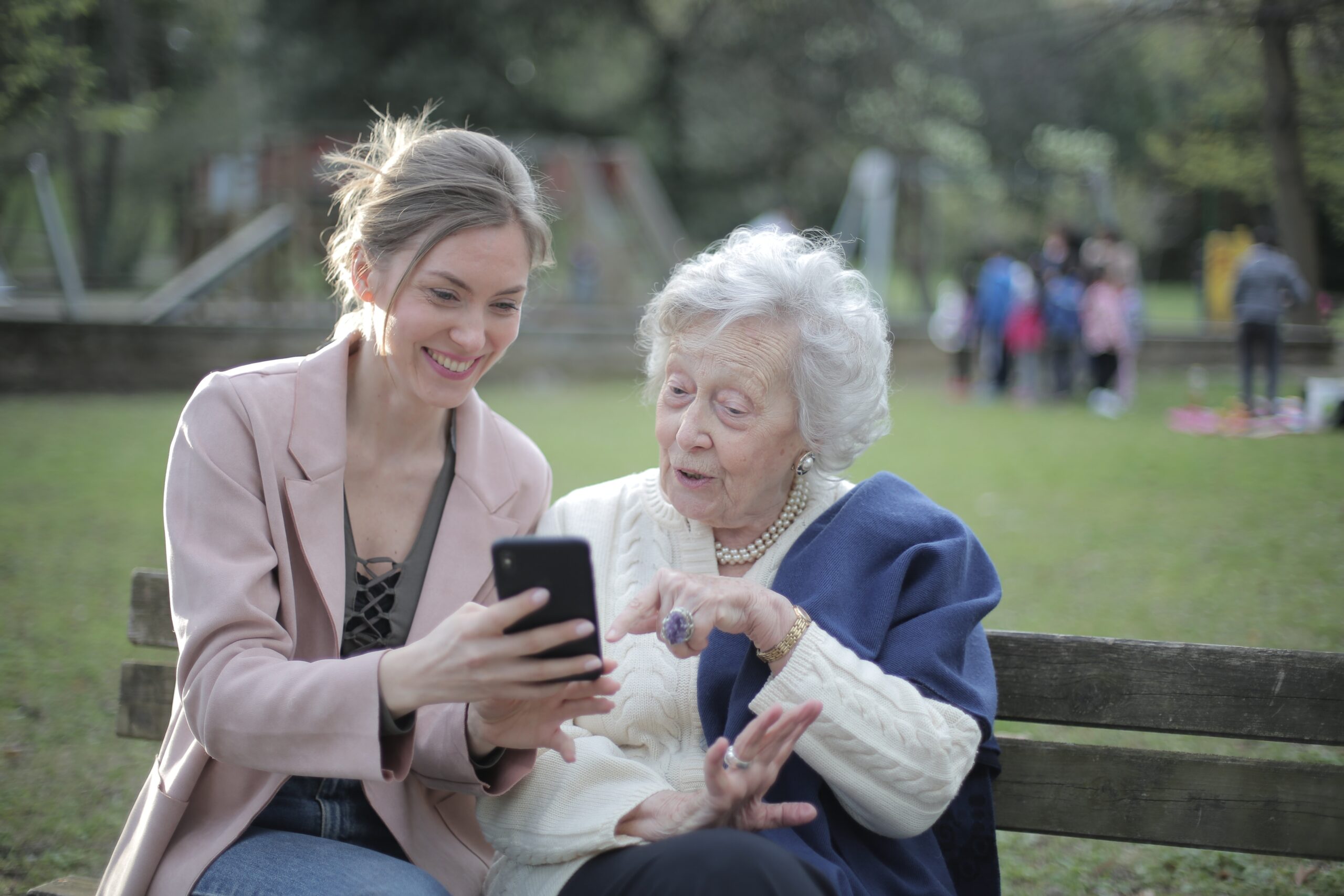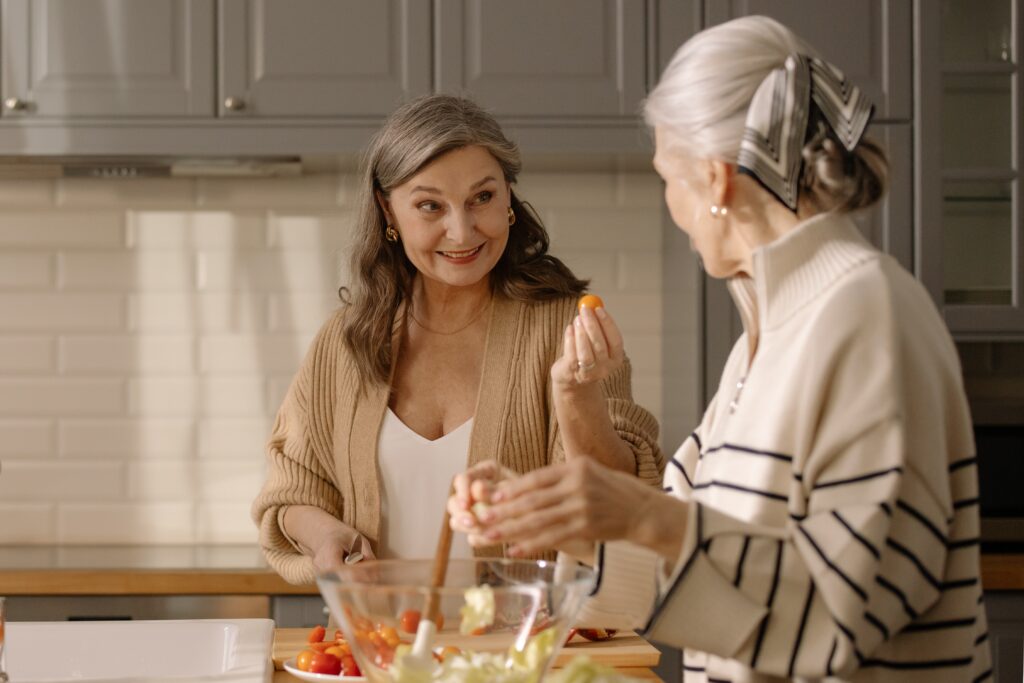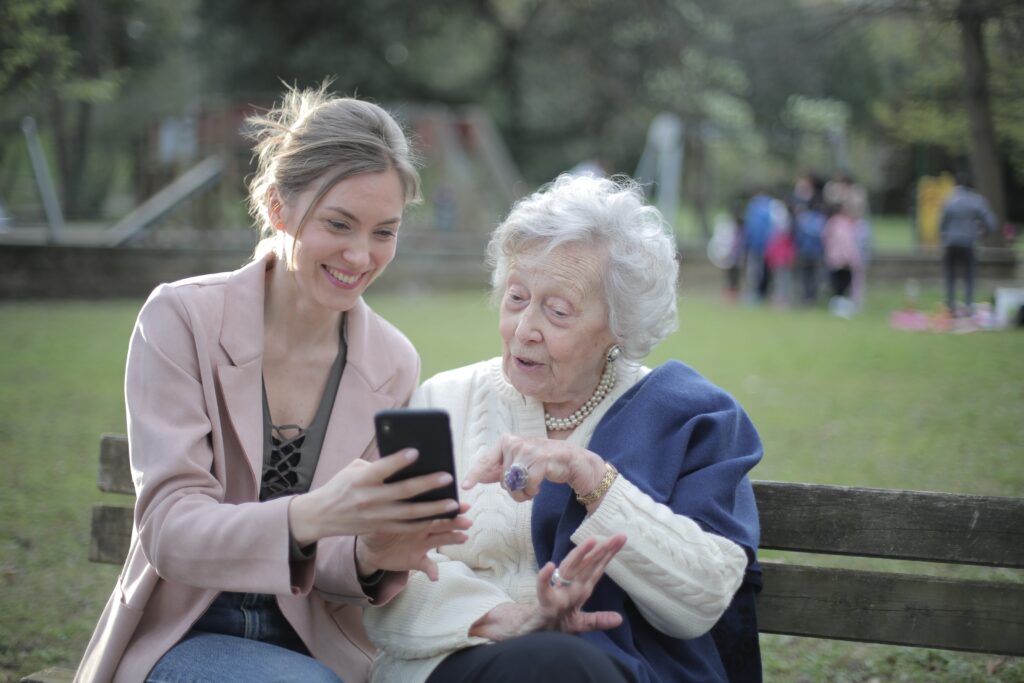November 8, 2022

When you’re creating a fall prevention treatment plan, there are several aspects that should be considered. Patient education can be equally as important as improving their strength and balance.
According to the National Council on Aging, an older adult is seen every 13 seconds in the Emergency Room for a fall-related injury. Both minor and major falls can cause significant problems in an older adult. This may result in a decrease in activity, and in some cases, depression.
The majority of all injuries, fatal and non-fatal, in people over the age of 65 are caused by major falls. Every year, one out of every three older adults in America experiences a fall. The minor falls can be just as problematic. Even if these falls do not result in injury they could result in increased fear of falling.
A fear of falling can be detrimental to someone’s health. The fear can make it more difficult for the individual to stay active. It may also lead to depression in some cases.
Fall Prevention Outside of Your Office
Of course, completing a thorough fall risk assessment is the first step to implementing an effective fall prevention treatment plan. This will help to identify the patients strengths and weaknesses and determine which areas you should focus on strengthening.
Our fall risk assessment tool will generate a personalized report. This report includes customized goals and interventions to help each individual reduce their risk for falls, and therefore injuries. In addition to instructing your patient on how to properly perform strength and balance exercises, there are some tips you can give them to implement in their daily life.

Even when they’re not in your clinic, your patients should be doing these 5 things to reduce their fall risk:
1. Stay Active & Keep Moving
As Newton’s First Law of Motion has taught us, “An object at rest stays at rest and an object in motion stays in motion…”. Staying active is one of the most important, yet simple, things that someone can do to prevent falls. Avoiding physical activity due to a fear of falling, is a guaranteed way to actually increase their risk for falls.
A study published by the National Library of Medicine proves that individuals who are less active experience significantly more falls. These activities do not have to be complicated or difficult. They can be as simple as walking, tai chi, dancing, or water aerobics to improve flexibility, strength, coordination, and balance.
2. Wear Shoes That are Safe & Sensible
You can reduce your patient’s risk of falls even further by suggesting proper footwear. Shoes most likely to cause slips, trips, and falls include those with high heels, an open heel, or slippery soles. The same goes for not wearing any shoes at all.
Proper sensible shoes should fit properly and have flat, sturdy, non-skid soles. Not only will these types of shoes reduce someone’s risk of falling, but they can also help to reduce muscle and joint pain.
The Journal of the American Geriatrics Society found that canvas and athletic sneakers were associated with the lowest risk of falls in comparison with any other type of footwear.
3. Remove Hazards From the Home
A physician at Cornell states that 60% of all falls occur inside the home. This makes it even more important to ensure that a patient’s home is as safe as it can be. Patients should be instructed to inspect their homes for safety hazards that could potentially lead to a fall. Some things, in particular, to look for might include:
- Cluttered walkways; all walkways should be cleared of electrical cords, boxes, newspapers, etc.
- Furniture in the middle of high-traffic areas of the home; for example, magazine racks, plants, and coffee tables.
- Loose rugs; all loose rugs should be removed from the home or secured to the floor using double-sided tape or slip-resistant backing.
In addition to performing an assessment of risk factors in their home and making these environmental modifications, there are a couple of other things that they can do to ensure their own safety. They should always store everyday necessities, like clothing, food, and dishes in convenient and easy-to-reach spaces. It is also important to clean up any messes and spills immediately, so that they are not forgotten about, potentially leading to slips and falls.
4. Keep the Living Space Well Lit
Keeping the home lit up is a great way to successfully avoid tripping on any hard-to-see objects. It is easy to miss something when doing a home safety inspection. Another study published by the National Library of Medicine concluded that enhanced lighting promotes improved stability and control. This is especially true at night, ultimately preventing falls.
Individuals can take the following steps to improve the lighting in their homes and reduce their risk of falls:
- Place night lights in areas that you might have to walk through in the dark, such as; the bedroom, the bathroom, and any walkway in between.
- Make sure that there is a lamp within reach of your bed, so that you can turn it on before standing up and walking in the middle of the night.
- Be sure that the paths to any light switch are clear from any obstacles or fall hazards.
- Consider replacing traditional light switches with those that light up or glow in the dark.
- Always turn lights on before you go up or down steps and stairs.
- Place several flashlights around the house in convenient locations in case there is a power outage.
5. Always Use the Appropriate Assistive Device
If you have prescribed an assistive device, it is important that your patient is educated on why you’re prescribing it. It is equally as important to educate them on the dangers of not using it. This research found that 75% of participants had fallen while they were not using the appropriate assistive device.
You may also want to suggest that they install additional safety devices in their home, elevating their safety even further. Some examples include:
- Handrails on the stairways
- Non-slip treads on hardwood floors
- Raised toilet seats
- Handles or armrests on or next to the toilet
- Grab bars in the shower or tub
- Shower chair.
The installation of these assistive devices may make someone feel as though they are losing a part of their independence. You can help by reminding them that this is just an investment in their safety. By preventing falls they are improving the longevity of their independence.

In Conclusion
Once you have completed your patient’s fall risk assessment, implemented a personalized treatment plan to improve their strength and coordination, and educated them on all of the above ways that they can prevent falls in their everyday life; you can feel good knowing that, as a healthcare provider, you truly are doing your part in reducing their risk for falls and improving their quality of life.
But, if you want to give your patients a leg up on safety and fall prevention you will conduct their fall risk assessment with webFCE’s fall risk assessment software. This will give you the ability to access the most accurate and personalized report for your patient. Ultimately, allowing you to provide them with the most personalized fall prevention treatment program that they could get.
Get started today with your free demo!